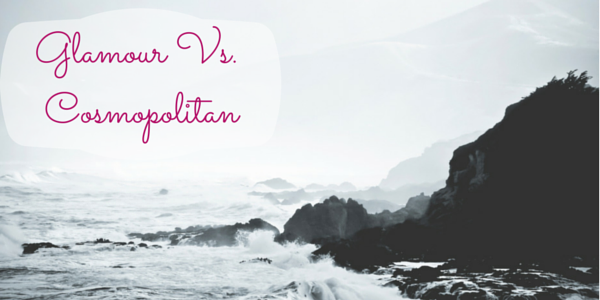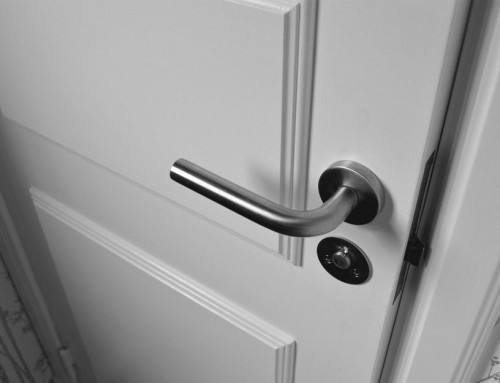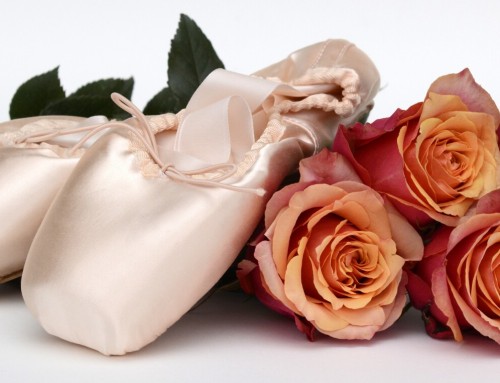Cosmopolitan and Glamour are two very similar magazines, but they do differ to some extent. From my point of view, they are in a way, the sexy, fun magazines of the their publishing houses, Hearst and Condé Nast. Still, even though i do find them as two sides of the same coin, there are many differences that they keep throughout their publications.
7 Big Differences Between Glamour and Cosmopolitan
1. Different publishing houses
The first difference is one I have already mentioned, the different publishing houses, Cosmopolitan is published by Hearst, while Glamour by Condé Nast. Besides this, Glamour exists since 1939, while Cosmopolitan, the way we know it today exists only since the 1960s.
2. Different audience
Personally, I find Cosmopolitan the sexier side of the coin. While they both tackle fashion and lifestyle, they also tackle sex and relationships, they have quizzes and horoscopes and are literally more than fun to read! I have started reading it for a case study in school, and since then, whenever I need some instant humor, I just pop open Cosmo and my dose of instant Sex and the City is there🙂
Glamour on the other hand, being published by Condé Nast, is fun, but of a more sophisticated type. It addresses an older audience and tackles broader and more profound problems compared to Cosmo. It does it in a fun way, it has humour, but it is more glamourous and sophisticated in a way.
3. Different type of writing
The cover of both the magazines is quite similar, with rather cluttered writing due to the small format, while at the same time being young and colourful. However, if we look carefully, the type of writing Glamour uses is more elegant compared to the one used in Cosmopolitan, as the age span is slightly different. Moreover, the way the stars are dressed on the covers is also somewhat distinct, but it can only be noticed when looking over the years in comparison. In terms of articles, knowing how Condé Nast generally functions in its magazines, Glamour has longer articles, not as long as Vogue, but longer than the usual Hearst publications do. Editorials and the style of photos are again changed by the age span of the audience of each magazine, Glamour has the more glamourous ones, very sophisticated, resembling Vogue, while Cosmopolitan has the more innovative and sometimes girly ones, resembling more the Elle editorial style and the same goes for the photos.
4. Different values
The whole of Condé Nast promotes an aspirational world to most of its readers, no matter what magazine you pick among the ones they publish, while the Hearst publications, offer a less expensive alternative to their aspirational pieces.
5. Different promoting material
The same goes for Glamour and Cosmopolitan in terms of promoting material. Yes, the advertisements are indeed similar, if not the same in both of them, big brands advertise everywhere, but good PRs of smaller or less expensive brands will know that sending their brand to Hearst publications they will more likely have it featured somewhere. Until I started researching and actually learning about PR, I did not notice, but these are the little things that might attract us into buying a certain magazine. It is weird if we think that we can even extrapolate the idea of buying magazines for these little things to how we actually buy things in general. How many of you haven’t desired the latest Prada, Chanel or Céline bag because you have constantly seen it advertised in the very pages of your favourite magazine. It’s like a ritual played by our subconcious, and it is how PR people measure their job, in a way.
6. Different source name
Besides the various differences in terms of cover, imagery and writing, the biggest difference they have is in terms of name, one has a French name and the other one a very American one. Glamour is the word for sophistication in French, it has been « absorbed » in a way by English, but its French roots are more than obvious. Cosmopolitan, on the other way is a more fancy word to say internationalism, it was first meant to be a magazine for families, and the nit had turned into a real staple of strong independent women and their gossip.
7. Different culture
Moreover, just looking at the different covers across the globe, you can notice differences that appear on a cultural basis. You might say that the French cover definitely looks French, the Chinese one Chinese and so on, so sometimes, the battle of the magazines is not only between different publications, but also between the same publications, but from different places.
THE UK VERSIONS
THE US VERSIONS
THE FRENCH VERSIONS
Feature image: gratisography.com

















